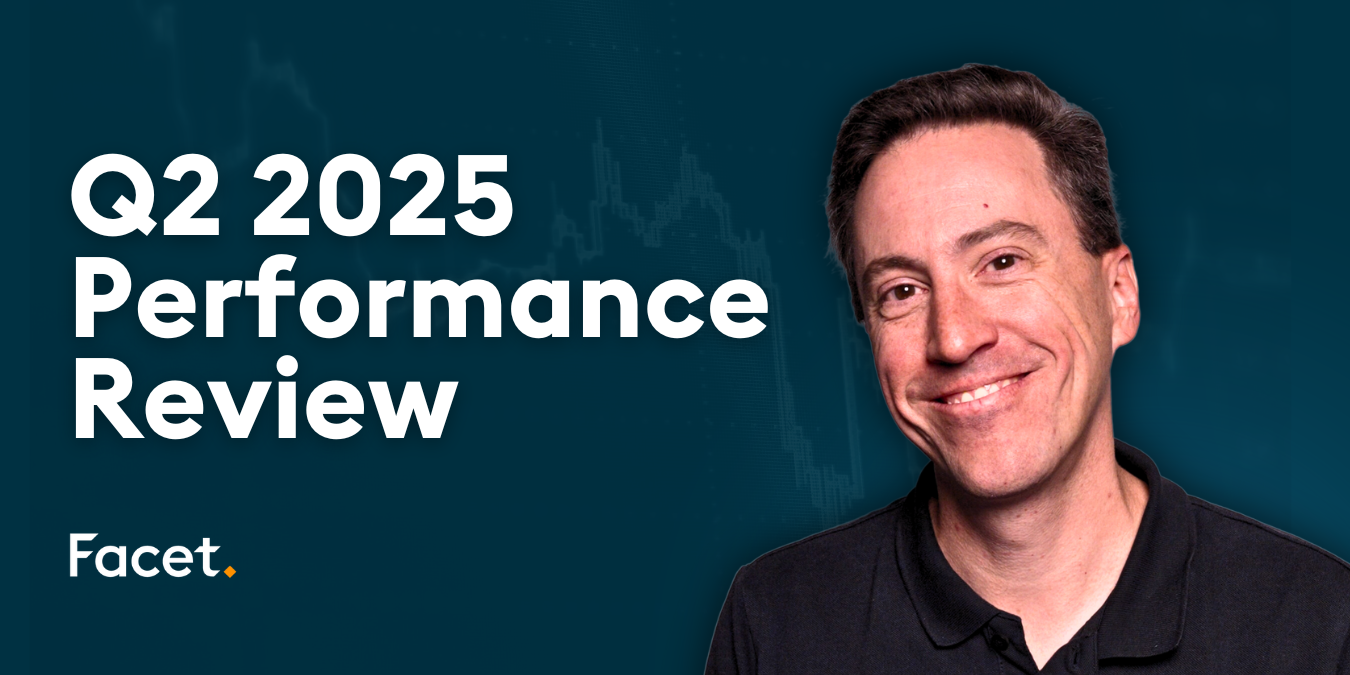
The information provided is based on the published date.
Key takeaways
- Bonds are essentially an IOU where a company or government agency borrows your money and pays you interest
- Bonds vary widely in terms of prices, interest rates, safety, and other factors
- Not all bonds are created equal. Credit rating, interest rate, maturity and the different bond types are all factors to consider when investing in bonds
- For most people, investing in bond mutual funds or ETFs makes more sense than buying individual bonds
What are bonds?
A bond is essentially the investing world’s version of an IOU. When you buy a bond, you’re lending your money to a company or government agency. In return, the company or agency promises to repay you on a specified date, and pay you interest for the amount they’ve borrowed from you.
By borrowing money from you, a company or agency can fund daily operations, build a new school or operating facility, or to launch a new program or product.
You may also hear of bonds referred to as fixed-income securities because the interest payments generate income for the investors (you) and typically have fixed rates: the amount of interest doesn’t change in most cases.
How do bonds work?
Let’s say a company needs money to build a new plant, or a county needs money for a new school.
To raise funds, the company or agency chooses to borrow money from investors by selling them bonds. The borrower, in this case the company or agency, and the investors (the people lending the money by buying the bonds) agree to certain repayment terms that include a date when the borrowed funds will be repaid and an interest rate to be paid while the loan is outstanding.
The date when the borrowed money (the bond) must be repaid is known as the maturity date. The balance of the loan is not repaid gradually over the life of the bond. It is repaid via a lump sum payment at maturity.
Income is paid to investors, typically twice per year, based on an interest rate (also known as the coupon).
It’s important to note that you do not have to hold a bond until its maturity date. Bonds can be sold prior to that date, although you may get more or less than you paid for the bond.
Here’s how it works:
A company needs $1 million for a new facility. It sells 100 bonds of $10,000 each, with a maturity date 10 years in the future. The bond pays 5% annually.
An investor buys one bond for $10,000. Every six months they receive $250 ($500 annually). At the end of 10 years they get their $10,000 back when the bond matures. They’ll have received a total of $15,000: $5,000 in interest payments and their original $10,000 investment back.
What are the different types of bonds?
U.S. Treasuries
U.S. Treasuries are issued by the federal government. They are considered one of the safest types of investments, as they are backed by the full faith and credit of the government.
There are several different types of treasury bonds that have varying maturities. Treasury bills have maturities of 1 year or less. Treasury notes have maturities between 2 and 10 years. Treasury bonds have maturities of 10 to 30 years. There are also treasury inflation-protected securities (TIPS), I bonds, and more.
U.S. Treasuries are purchased directly from the Treasury Department at TreasuryDirect. You do not have to go through a brokerage or bank to buy them. There are no fees. From a tax perspective, Treasuries are subject to federal income tax but not state and local taxes. Some types of Treasuries offer different tax benefits, so be sure to do your homework.
Municipal bonds
Municipal bonds (or “munis”) are issued by local government agencies to fund projects from parks to schools to roads and highways. Like all other bonds, they have maturities that can range from only a few years to 10 years or more, and they make interest payments as well.
The key difference between muni bonds and other types of bonds is how they are taxed. Investors in muni bonds generally do not have to pay federal income tax on their interest payments. And, if you live in the state where the bond was issued, you may avoid state and local taxes as well. Because of the tax savings, interest rates are typically lower than other bonds of similar maturity and risk.
You can buy individual municipal bonds through bond dealers, banks, and brokerage firms. In some cases, you can even buy them directly from the municipality. They are generally considered safe investments, since local governments can raise money through taxes, but there is some risk due to possible default (inability to repay outstanding debt).
Corporate bonds
A corporate bond is debt issued by a private company. Like other bonds, they will have a maturity date and an interest rate when issued. Interest is paid to the bond holder while the debt is outstanding, and the borrowed money is returned, in a lump sum, to the investor at maturity.
Corporate bonds are considered riskier than government or municipal bonds because there is a risk that the company could struggle financially and not be able to repay some or all of the outstanding debt. As a result, the interest rates paid by corporate bonds are typically higher.
Pros and cons of investing in bonds
Pros
- Predictable income: Most bonds pay a fixed rate of interest, so you know how much interest payments (income) you will receive.
- Generally safer than stocks: Usually, bonds are less risky than stocks and should have less volatility (change in value).
- Good complement to stocks: When investing, it’s generally a good idea to own different types of assets. Bonds can be a great complement to stocks, depending on your investing goals.
Cons
- Potentially lower returns than stocks: Bonds are less risky than stocks, but this generally means they will offer lower returns over time.
- Risk of bonds not being repaid: It’s always possible that a bond issuer either stops making interest payments or cannot pay off the debt at maturity (aka defaulting).
- Susceptible to rising rates and inflation: Although the interest rate you receive for the life of a bond is generally fixed, what a bond is worth when you buy or sell it will change based upon current interest rates and future expectations of rates and inflation.
What to know before you invest
Overall investment strategy
The number one thing to consider when investing in bonds is the role they play in your overall investment strategy. Bonds are typically used for two reasons: to reduce risk in your overall investment strategy and to generate income. Your age, time horizon, and ability to tolerate risk will determine what percentage of your money to invest in bonds. A younger person will generally have less invested in bonds than someone approaching or transitioning to retirement.
Issuer and taxation
The entity (the government or the company) borrowing the money (also called the issuer) matters when investing in bonds. If you invest in Treasuries, you will owe federal income tax on interest payments, but not state income taxes. Municipal bond interest is not subject to federal income tax, but may or may not be subject to state and local taxes depending on where you live. Corporate bonds are subject to both federal and state income taxes.
Quality of the bond
Not all bonds are created equal. One of the main risks with bond investing is whether or not the issuer will repay the loan or default (not pay the money back). The more likely the issuer is to repay the bond, the higher the issuer’s credit rating. Just as individuals have credit scores, there are three major credit rating agencies that rate both the company/agency selling the bonds and the bonds themselves. The higher the credit rating, the lower the risk of default. However, in general, higher credit ratings mean the issuer will pay a lower interest rate.
There are many different tiers of credit ratings, but all bonds fall into one of two categories: higher rated bonds, which are called investment grade bonds, and lower rated bonds, which are considered non-investment grade (also called high yield or junk) bonds. Investment grade bonds are issued by “credit worthy” organizations, while non-investment grade bonds are issued by those with a higher risk of default.
Interest rate
Most bonds pay a fixed interest rate, but that interest rate will vary because of the current interest rate environment, the credit rating of the borrower, and the maturity of the bond. How much you invest will determine the amount of interest, or income, that you receive.
There are some bonds that pay a variable, or floating, interest rate, which means the interest rate may change over time. These types of bonds are issued by corporations and have an interest rate that changes based on the current level of interest rates set by the Federal Reserve.
Maturity
The amount of time until a bond is repaid, also known as the maturity date, will fall into one of three categories:
- Short term: 1-5 years
- Intermediate term: 6-10 years
- Long term: 10+ years
The maturity date matters, because it tells the investor how long they will receive interest payments for and when they will receive their money back. But the maturity of a bond can also affect its price. Bond prices are sensitive to interest rate changes (more on this below) which means the price of bond will change as rates do. The longer the maturity of the bond, the greater the price sensitivity to any rate changes. So a 10–year bond’s price will change more than a 3-year bond’s price if rates move up or down.
Market interest rates
Bond prices can change over time. That means a bond you sell before the maturity date may be worth more or less than you paid for it. It also means that a bond you buy in the middle of its term may cost more or less than the face amount.
Bond prices are based on two factors. The first is investor sentiment, which is how investors feel about stock and bond markets in general. When investors are feeling confident about the economy, they will prefer stocks over bonds and bond prices may drop. When investors are not so confident, they will put more money in bonds which can raise prices.
The second factor is interest rates. Broader market interest rates (which are set by the Federal Reserve) can affect bond prices. As interest rates rise, bond prices tend to go down and vice versa. In general, the longer the maturity of a bond, the more likely it is that the price will fluctuate.
How to buy and redeem bonds
There are two main ways to invest in bonds. The first is to buy individual bonds. For most people, buying individual bonds isn’t the best solution. It could make sense if you are investing in bonds for a specific issue, such as buying I bonds for inflation protection. In most cases, it makes more sense to invest broadly in different types of bonds (i.e. diversify your bond holdings) by purchasing a basket of bonds through either mutual funds or exchange-traded funds (ETFs). That way, investors gain access to a broad range of bond types (government, corporate, or municipal) with different maturities, credit ratings, and interest rates.
Used correctly, bonds can be an important part of financial planning. A CFP® professional at Facet can help you develop an ongoing financial plan and an investment strategy to support it.
Facet
Facet Wealth, Inc. (“Facet”) is an SEC registered investment adviser headquartered in Baltimore, Maryland. This is not an offer to sell securities or the solicitation of an offer to purchase securities. This is not investment, financial, legal, or tax advice. Past performance is not a guarantee of future performance.


